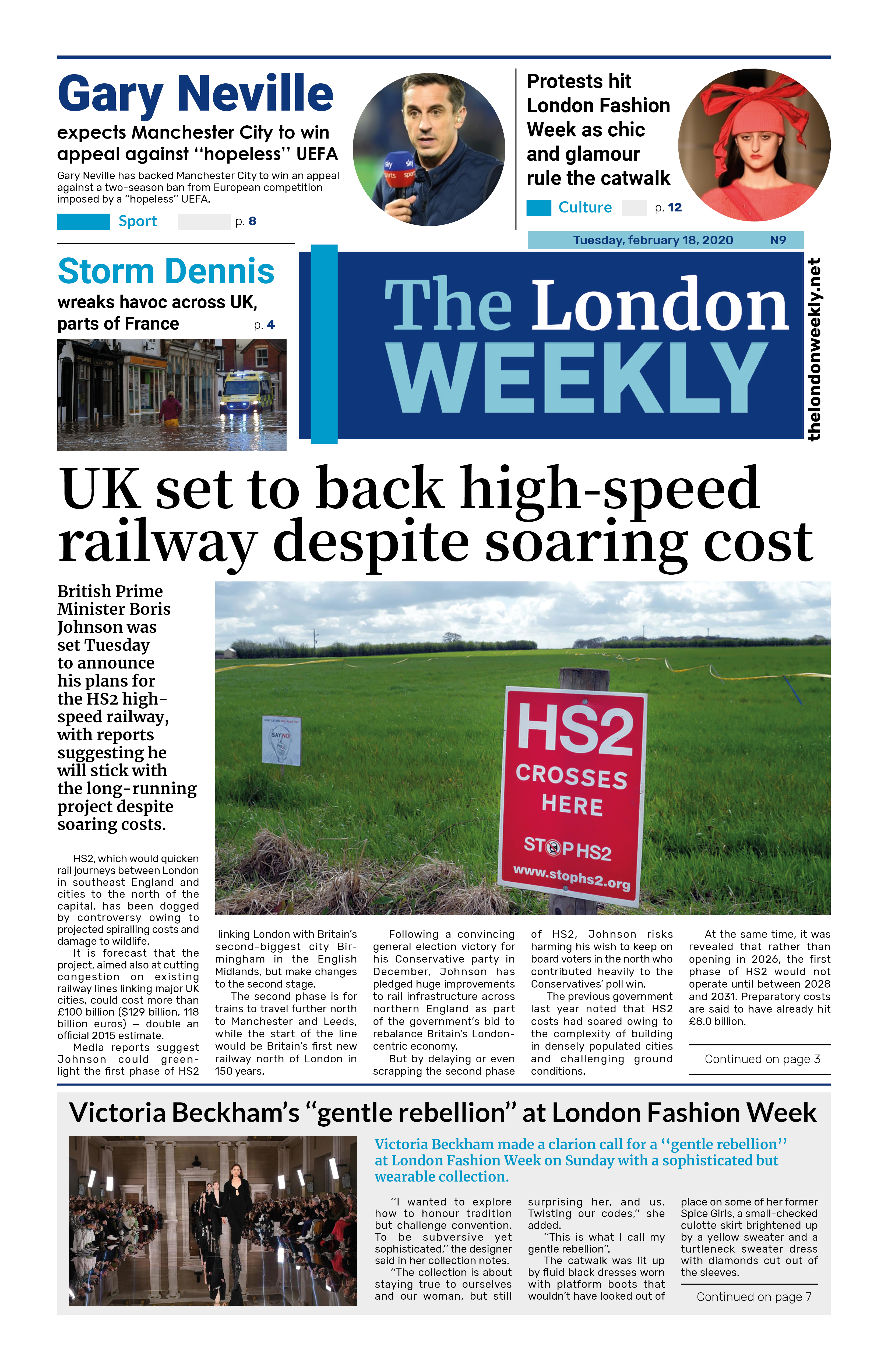
Global long-term borrowing costs have surged in the wake of the COVID-19 pandemic and Russia’s invasion of Ukraine in February 2022, both of which triggered a spike in inflation.
On Tuesday, Britain’s 30-year government borrowing costs climbed to their highest level since 1998, posing fresh challenges for Finance Minister Rachel Reeves. Reeves has outlined plans to borrow hundreds of billions of pounds to fund increased public investment and spending.
While rising long-term borrowing costs are a global trend, British yields have increased further in recent weeks. This is largely because many investors anticipate only modest interest rate cuts by the Bank of England (BoE), with inflation likely to remain above the central bank’s 2% target.
At a Tuesday auction, the UK Debt Management Office (DMO) issued £2.25 billion ($2.8 billion) worth of 30-year gilts, achieving an average yield of 5.198%. This marked the highest yield for 30-year gilts since May 1998, when the DMO recorded a yield of 5.790% at its inaugural auction.
Yields on two-year gilts, which respond more directly to short-term interest rate expectations, also rose throughout 2023.
Following the auction, yields on 30-year gilts peaked at 5.221% during secondary trading—up 4 basis points for the day and marking the highest level since August 1998.
Expectations of increased U.S. spending and potential tax cuts under former U.S. President Donald Trump, along with concerns about inflation driven by trade tariffs, have also driven up U.S. yields, impacting bond markets in both Britain and Germany.
Reeves faces budget challenges
In recent weeks, the spread between UK and German 30-year government bond yields has remained over 2.5 percentage points, a gap last exceeded during the market turbulence of September 2022 following former Prime Minister Liz Truss’s “mini-budget.”
Elevated borrowing costs could complicate Reeves’s efforts to adhere to budget rules, potentially necessitating additional tax increases. This follows recent measures that increased employers’ social security contributions.
Despite the challenges, 30-year gilt yields remain roughly 0.3 percentage points above U.S. Treasury yields, consistent with the average spread over the past two years and in the early 2010s.
Some analysts, however, believe gilt yields may be overpriced. Aviva Investors expressed optimism about gilts, predicting that the BoE will likely implement larger-than-expected rate cuts in 2025 due to a softer inflation outlook and weaker economic growth.
RBC echoed this sentiment, suggesting that significant upward movement in 30-year yields is unlikely in the near term unless markets drastically revise their expectations for BoE rate cuts. “While further adjustments could come later in the year, current macroeconomic uncertainties—particularly with Trump’s upcoming inauguration—make such a shift in market sentiment unlikely for now,” RBC noted.
At the time of publication, the exchange rate stood at $1 to £0.7966.



































